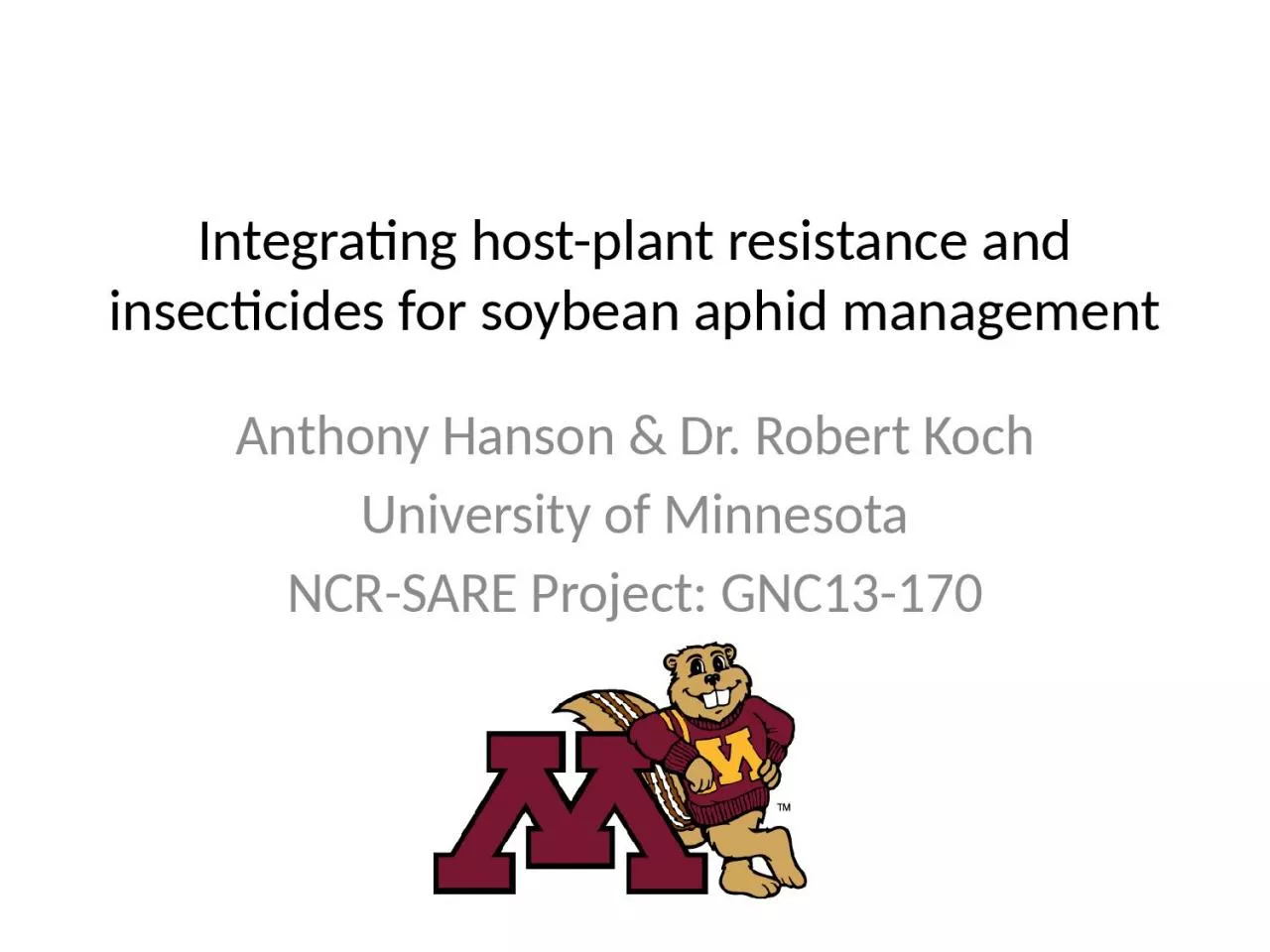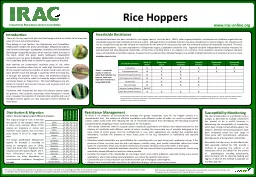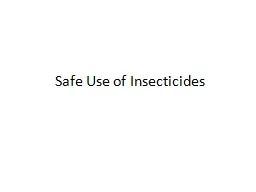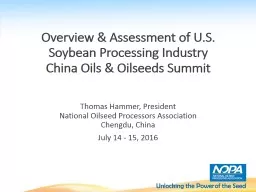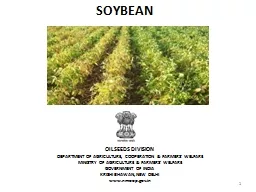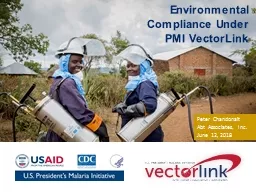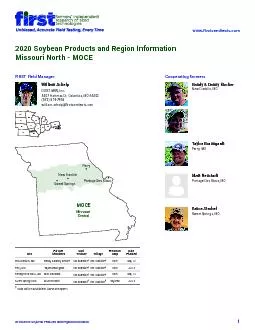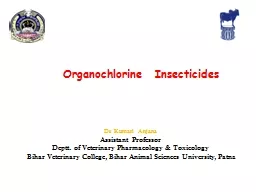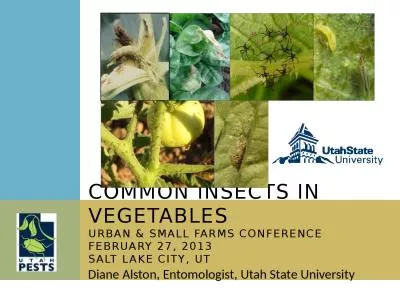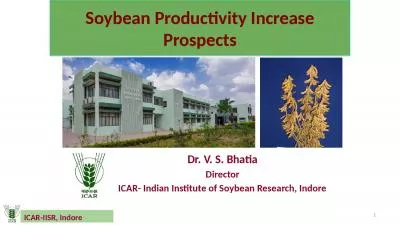PPT-Integrating host-plant resistance and insecticides for soybean aphid management
Author : ida | Published Date : 2024-01-29
Anthony Hanson amp Dr Robert Koch University of Minnesota NCRSARE Project GNC13170 Soybean aphid Primary soybean pest in the upper Midwest Control with insecticides
Presentation Embed Code
Download Presentation
Download Presentation The PPT/PDF document "Integrating host-plant resistance and in..." is the property of its rightful owner. Permission is granted to download and print the materials on this website for personal, non-commercial use only, and to display it on your personal computer provided you do not modify the materials and that you retain all copyright notices contained in the materials. By downloading content from our website, you accept the terms of this agreement.
Integrating host-plant resistance and insecticides for soybean aphid management: Transcript
Download Rules Of Document
"Integrating host-plant resistance and insecticides for soybean aphid management"The content belongs to its owner. You may download and print it for personal use, without modification, and keep all copyright notices. By downloading, you agree to these terms.
Related Documents

